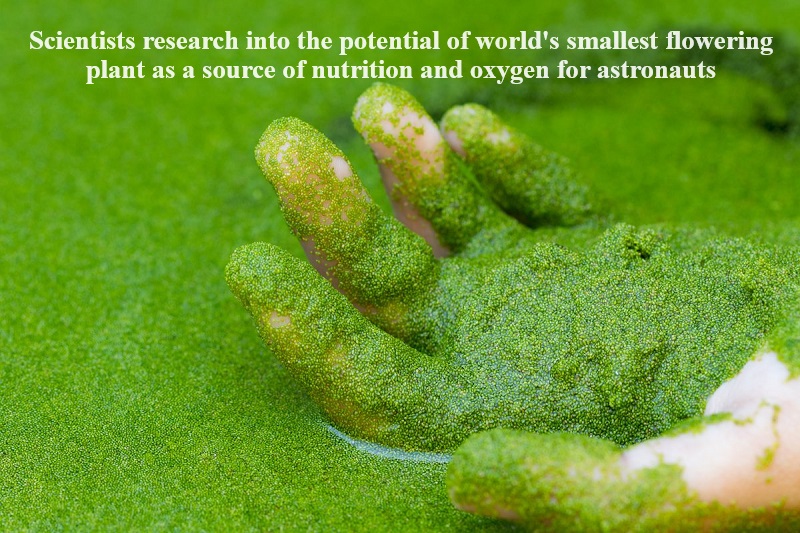
Scientists from Mahidol University in Thailand are conducting innovative research on the potential use of watermeal, the world’s smallest flowering plant, as a source of nutrition and oxygen for astronauts. This groundbreaking study is being conducted at the European Space Agency’s (ESA) ESTEC technical center in the Netherlands, where watermeal is subjected to hypergravity conditions using ESA’s Large Diameter Centrifuge (LDC).
The LDC, featuring an impressive 8-meter diameter and four-arm design, enables scientists to replicate gravity levels up to 20 times that of Earth for extended durations. Access to this exceptional facility is made possible through the HyperGES program, a collaborative effort between ESA and the United Nations Office of Outer Space Affairs (UNOOSA).
Watermeal, which is even smaller than duckweed, is the focus of this research. This rootless and stemless plant typically floats on the surface of water bodies in regions like Thailand and other parts of Asia. Its simplicity and rapid growth rate make it an ideal candidate for studying the effects of altered gravity on plant development.
Tatpong Tulyananda, leading the Mahidol University team, explains their interest in watermeal: “Because watermeal doesn’t have any roots, stems or leaves, it is basically just a sphere floating on a body of water. That means we can focus directly on the effects that gravity shifts will have on its growth and development.”
Watermeal offers more than just scientific curiosity. It’s a prolific producer of oxygen through photosynthesis and a rich source of protein. In Thailand, it has been a staple in the local diet for generations, appearing in dishes ranging from soups to salads.
To investigate how hypergravity affects watermeal, the researchers placed samples in specially designed boxes equipped with LED lighting to replicate natural sunlight. These boxes were subjected to hypergravity conditions, simulating 20 times Earth’s gravity, within the LDC. After two weeks of experimentation, the scientists will closely examine the watermeal plants and conduct detailed chemical analyses on solid pellet extracts.
The analysis aims to uncover how watermeal responds to hypergravity conditions, providing insights into plant adaptability to varying gravity environments.
This research holds the promise of advancing space agriculture. Insights gained from studying watermeal could pave the way for cultivating plants in space environments, enabling astronauts to produce essential nutrition and oxygen during extended space missions. This research represents a significant step toward self-sustaining space exploration and the potential colonization of other celestial bodies.

Post Your Comments